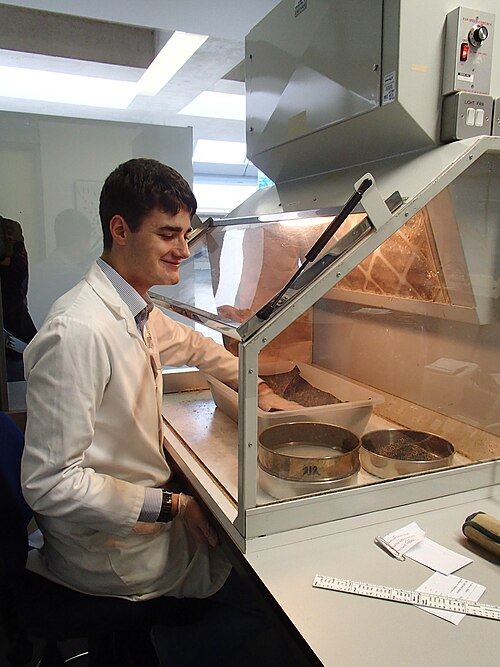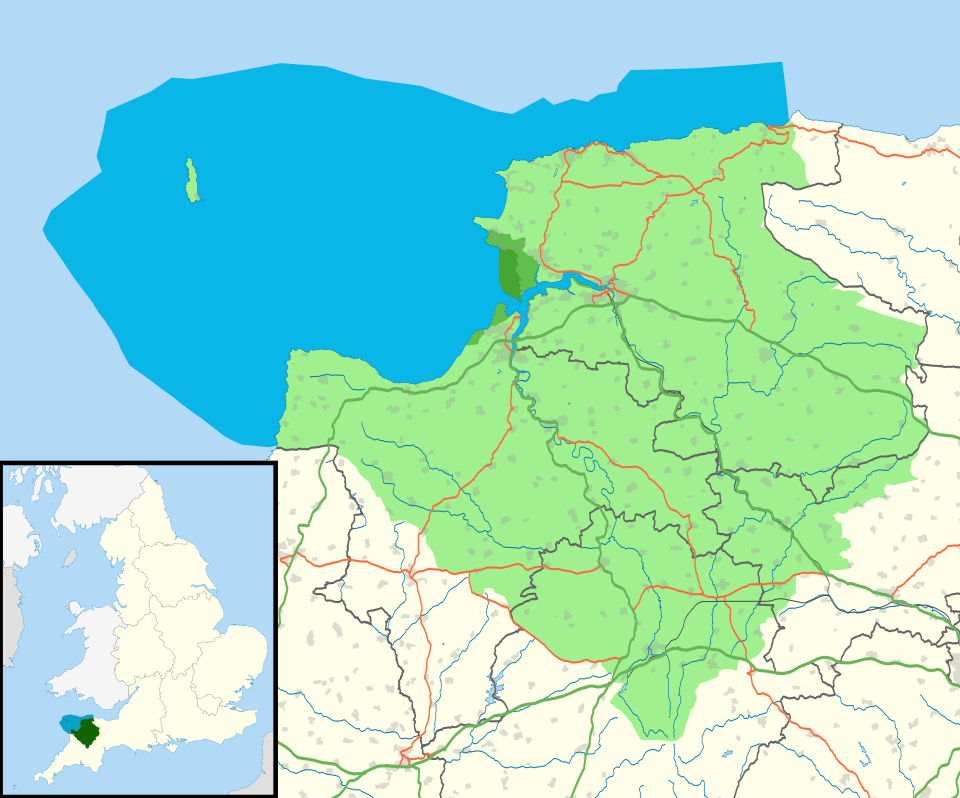OCR Specification focus:
‘Distinguish conservation from preservation and justify their importance using economic, social and ethical arguments.’
The protection of Earth’s biodiversity requires understanding conservation and preservation, two complementary approaches balancing ecological health, human needs, and ethical responsibilities towards sustaining natural ecosystems for future generations.
Conservation and Preservation: Overview
The terms conservation and preservation are often used interchangeably but have distinct meanings in ecology and environmental management. Both aim to protect biodiversity, yet they differ in their approach to human involvement and resource use.
Conservation
Conservation focuses on the sustainable use and management of natural resources to ensure ecosystems continue to function and species survive. It allows for controlled human interaction, provided it does not compromise long-term ecosystem stability.
Conservation: The sustainable management of natural resources to maintain biodiversity while permitting human use of those resources.
Conservation recognises that humans depend on natural systems for food, raw materials, medicines, and ecosystem services such as pollination, climate regulation, and water purification. The goal is not to exclude human activity but to ensure it remains sustainable through careful monitoring and management.
Preservation
Preservation involves protecting ecosystems, species, and habitats from any human interference. It seeks to maintain the natural environment in its pristine state, allowing natural processes to proceed without human alteration.
Preservation: The protection of habitats and species by restricting or eliminating human access and activity to maintain them in an undisturbed condition.
Preservation is more restrictive than conservation. It is often applied in areas with high ecological, cultural, or scientific value, such as nature reserves, national parks, or World Heritage Sites.
The Principles of Conservation
Conservation strategies are based on the understanding that ecosystem services underpin human well-being and economic development. They focus on maintaining biodiversity, ecosystem productivity, and genetic variation.
Types of Conservation
There are two main types of conservation practices:
In situ conservation – protecting species within their natural habitats.
Examples: National parks, marine reserves, and wildlife sanctuaries.
Benefits: Maintains species in their ecological context; preserves interactions among species.
Ex situ conservation – conserving species outside their natural habitats.
Examples: Zoos, botanical gardens, seed banks, and captive breeding programmes.
Benefits: Protects species at risk of extinction in the wild; allows for controlled breeding and reintroduction.
Ex situ methods such as seed banks provide an ‘insurance policy’ for genetic diversity by storing propagules away from threats in the wild.

Seed cleaning at Kew’s Millennium Seed Bank prior to desiccation and cold storage. This ex situ workflow preserves viable genetic material for research, restoration, and reintroduction. The facility currently holds more than 2.5 billion seeds from over 40,000 wild plant species. Source.
Key Conservation Strategies
Habitat management: Maintaining and restoring ecosystems such as wetlands and forests.
Legal protection: Implementing national and international laws, e.g. the Convention on International Trade in Endangered Species (CITES).
Education and awareness: Encouraging communities to value biodiversity and adopt sustainable practices.
Sustainable resource use: Promoting responsible forestry, agriculture, and fisheries.
Conservation therefore balances ecological integrity with the sustainable exploitation of resources to meet both current and future human needs.
The Principles of Preservation
Preservation aims to prevent any anthropogenic (human-caused) changes in ecosystems. It operates on the belief that nature has intrinsic value beyond human utility.
Key Preservation Strategies
Complete exclusion of human activity: Limiting access to protect vulnerable species or habitats.
Designation of protected areas: Creating national parks or strict nature reserves.
Cultural and spiritual protection: Preserving sites of historical, aesthetic, or spiritual importance.
Preservation often prioritises aesthetic and moral reasons for protection. For example, ancient woodlands or coral reefs might be preserved for their beauty or ecological significance, regardless of direct economic value.
Comparing Conservation and Preservation
Conservation involves controlled and sustainable human involvement aiming to maintain biodiversity while allowing resource use, whereas preservation focuses on maintaining nature in its original state through minimal or no human interference.
Conservation adopts an active management approach, while preservation is largely protective.
Examples of conservation include sustainable timber production and fisheries management, whereas examples of preservation include national parks and wilderness areas.
This distinction highlights how conservation adopts a utilitarian approach, focusing on human benefit, while preservation emphasises ethical and intrinsic values of nature.
Economic Importance
Conservation and preservation both carry significant economic implications.
Conservation and Economics
Conservation supports sustainable development—meeting present needs without compromising the ability of future generations to meet theirs. Healthy ecosystems provide ecosystem services that support human economies:
Forests provide timber and regulate climate.
Wetlands filter water and mitigate floods.
Pollinators enhance crop yields.
Economic incentives, such as ecotourism and sustainable certification schemes, can make conservation profitable and encourage long-term protection.
Preservation and Economics
While preservation limits direct exploitation, it contributes economically through tourism and scientific research. Protected landscapes attract visitors, generating revenue while maintaining ecological integrity.
However, preservation can conflict with short-term economic interests such as logging or mining, requiring strong policy frameworks to uphold protection.
Social Importance
Socially, both conservation and preservation promote well-being and quality of life.
Conservation
Provides communities with sustainable livelihoods through regulated resource use.
Encourages education about environmental responsibility.
Involves local participation, which strengthens social cohesion and environmental stewardship.
Preservation
Offers opportunities for recreation and cultural identity.
Protects sites of spiritual and historical significance.
Supports mental health by maintaining natural landscapes that provide escape from urbanisation.
Ethical Importance
From an ethical standpoint, conservation and preservation are grounded in the principle that humans have a moral duty to protect the natural world.
Ethical Arguments for Conservation
Humans are stewards of the planet, responsible for maintaining biodiversity.
Species have ecological roles that sustain life systems.
Intergenerational justice requires that future generations inherit a functioning environment.
Ethical Arguments for Preservation
Nature has intrinsic value, independent of human use.
All species possess a right to exist.
Ethical frameworks such as deep ecology promote respect for all living things.
Integration of Conservation and Preservation
In practice, effective environmental management often combines both approaches. For example:
A national park may have core zones under preservation (no human activity) and surrounding zones under conservation (sustainable resource use).
Biosphere reserves adopt this model, integrating human activity with nature protection to achieve balance.
UNESCO biosphere reserves operationalise conservation and sustainable development through core, buffer, and transition zones, protecting nature while permitting compatible use.

North Devon’s UNESCO Biosphere Reserve showing Core Zone (strictly protected), Buffer Zone, and wider Transition Area. The map exemplifies how preservation (core) is embedded within a broader conservation framework that supports people and livelihoods. Colours in the legend match the zonation labels. Source.
By merging these philosophies, ecosystems can be protected holistically, ensuring ecological stability while respecting both human needs and ethical imperatives.
FAQ
Local communities are vital because they often depend on natural resources and have long-standing ecological knowledge.
Community-based conservation empowers people to manage resources sustainably through education, monitoring, and incentives. This increases compliance and stewardship.
In preservation areas, local participation can help define boundaries and manage visitor access, ensuring that restrictions do not harm livelihoods while protecting sensitive habitats.
Ecotourism provides economic incentives to protect biodiversity. By generating income from nature-based tourism rather than resource extraction, it helps fund park maintenance and research.
It encourages conservation through:
Employment opportunities for local residents
Education about ecosystems and sustainable living
Revenue reinvested into habitat management and species protection
When regulated carefully, it can coexist with preservation by limiting visitor numbers and minimising ecological footprints.
Conservation allows controlled human use of resources, while preservation restricts it entirely. These differing approaches can create tension when deciding land use.
For example, sustainable logging in a forest might support conservation goals but conflict with preservation efforts to protect the same forest from all human impact.
Balancing both requires zoning strategies—designating core preserved areas surrounded by sustainably managed buffer zones—to maintain biodiversity and meet human needs.
Ethical perspectives shape how societies value nature.
Anthropocentric ethics focus on human benefit, supporting conservation for ecosystem services and sustainable use.
Ecocentric ethics view all life as having intrinsic value, aligning closely with preservation goals.
Deep ecology promotes harmony between humans and nature, urging minimal interference.
These ethics guide legislation, funding, and management priorities, influencing whether policies prioritise human utility or ecological integrity.
Challenges include:
Economic pressures: Developing nations may prioritise short-term economic gain over long-term protection.
Lack of funding and resources: Many protected areas lack adequate staff and equipment for monitoring.
Illegal activities: Poaching, logging, and unregulated tourism threaten ecosystems despite regulations.
Climate change: Alters habitats faster than protection efforts can adapt.
International cooperation and transparent governance are essential to overcome these barriers and ensure lasting biodiversity protection.
Practice Questions
Question 1 (2 marks)
Define the terms conservation and preservation in the context of maintaining biodiversity.
Mark scheme:
1 mark for correctly defining conservation as the sustainable management of natural resources that allows continued human use while maintaining biodiversity.
1 mark for correctly defining preservation as the protection of habitats and species by restricting or eliminating human activity to keep ecosystems undisturbed.
Question 2 (5 marks)
Discuss how economic, social, and ethical considerations influence decisions between conservation and preservation when managing ecosystems. Use examples to support your answer.
Mark scheme:
1 mark for explaining economic factors, e.g. conservation allows sustainable resource use, supporting livelihoods and ecotourism, whereas preservation may limit short-term economic gain.
1 mark for describing social factors, e.g. conservation supports community involvement and education, while preservation maintains areas for recreation or cultural identity.
1 mark for outlining ethical factors, e.g. humans have a moral duty to protect biodiversity or species have an intrinsic right to exist.
1 mark for linking these factors to decision-making, e.g. conflicts arise between resource needs and environmental protection, requiring balanced management.
1 mark for providing relevant examples such as biosphere reserves combining both approaches, or national parks with preserved core zones and sustainably managed buffer zones.

